Business Research: Addressing Ineffective Discharge Planning
VerifiedAdded on 2023/06/15
|12
|781
|329
Presentation
AI Summary
This presentation delves into the issue of ineffective discharge planning in hospitals, highlighting its connection to the quality of healthcare and its contribution to unnecessary patient readmissions. It identifies the lack of effective understanding of discharge processes among caregivers as a key barrier. The presentation proposes a policy-driven systematic approach as a solution, emphasizing the establishment of key processes and structures to enhance organizational effectiveness and improve care quality. Findings from research in US hospitals underscore the importance of coordination and communication among healthcare professionals. The presentation advocates for a multidisciplinary strategy, improved professional knowledge and communication skills, and the allocation of necessary resources, including trained staff, communication tools, and supportive environments. Ultimately, the goal is to eradicate the barrier of ineffective discharge planning and reduce patient readmissions through a well-coordinated, policy-driven approach.
1 out of 12
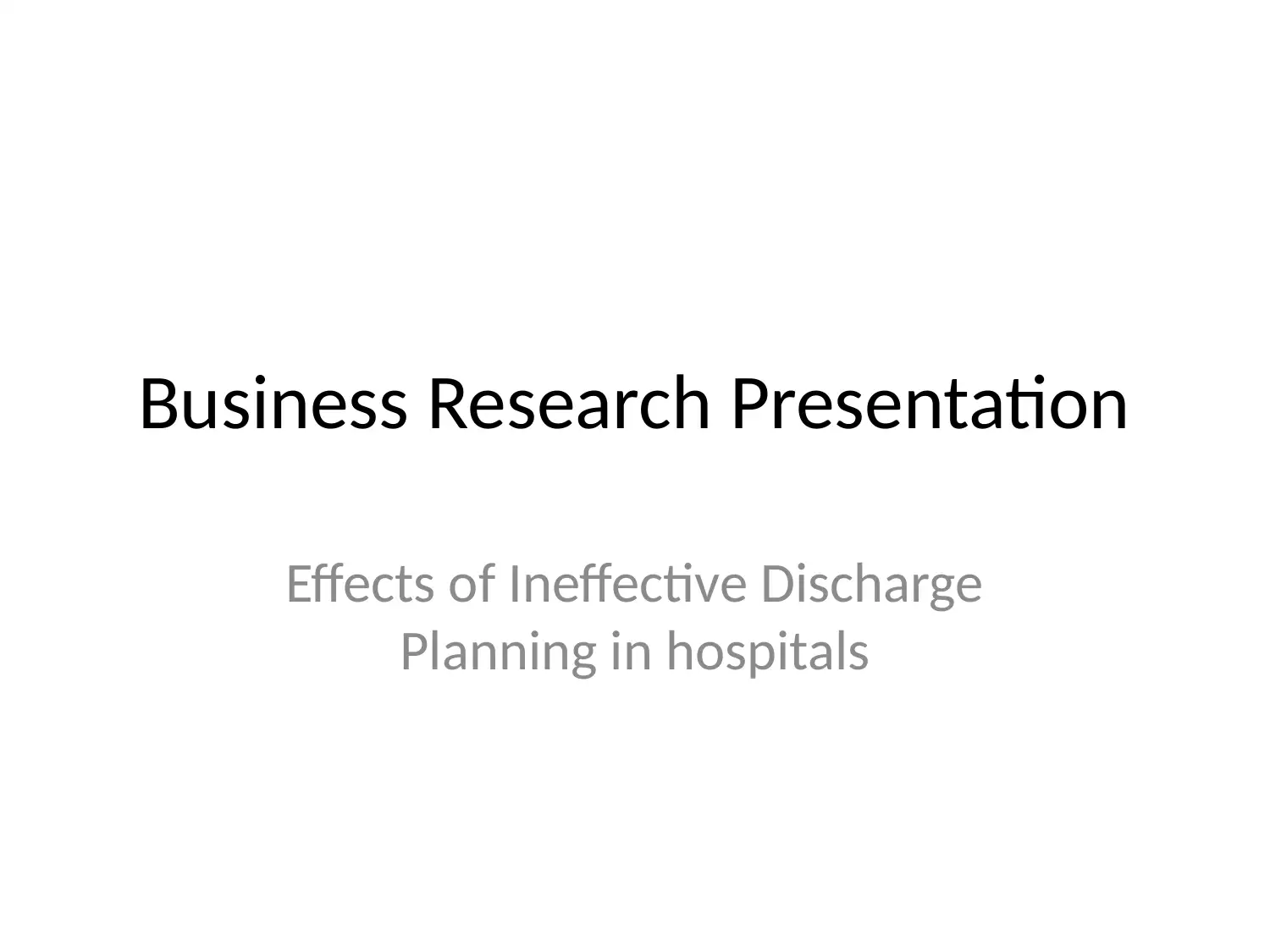
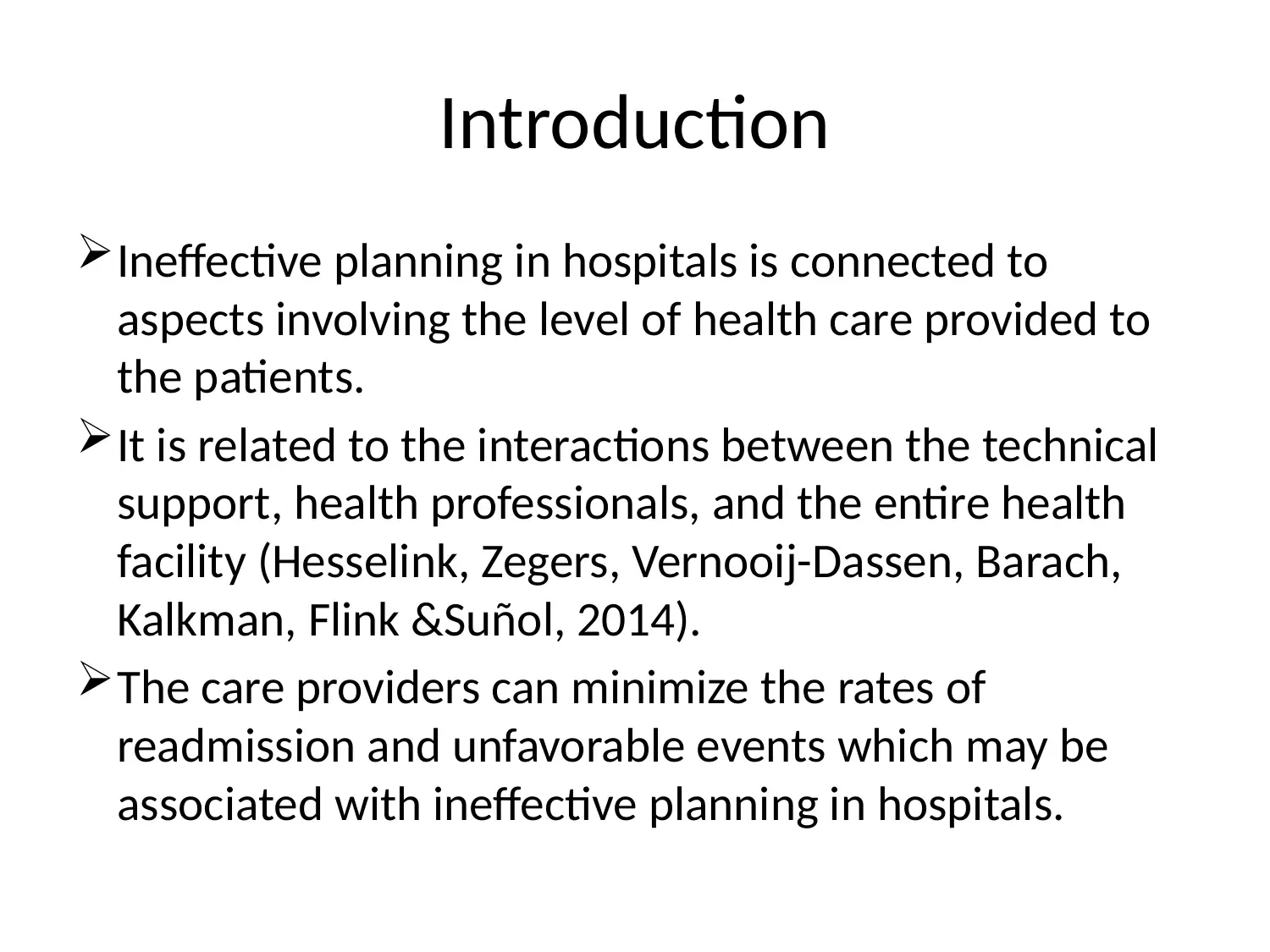
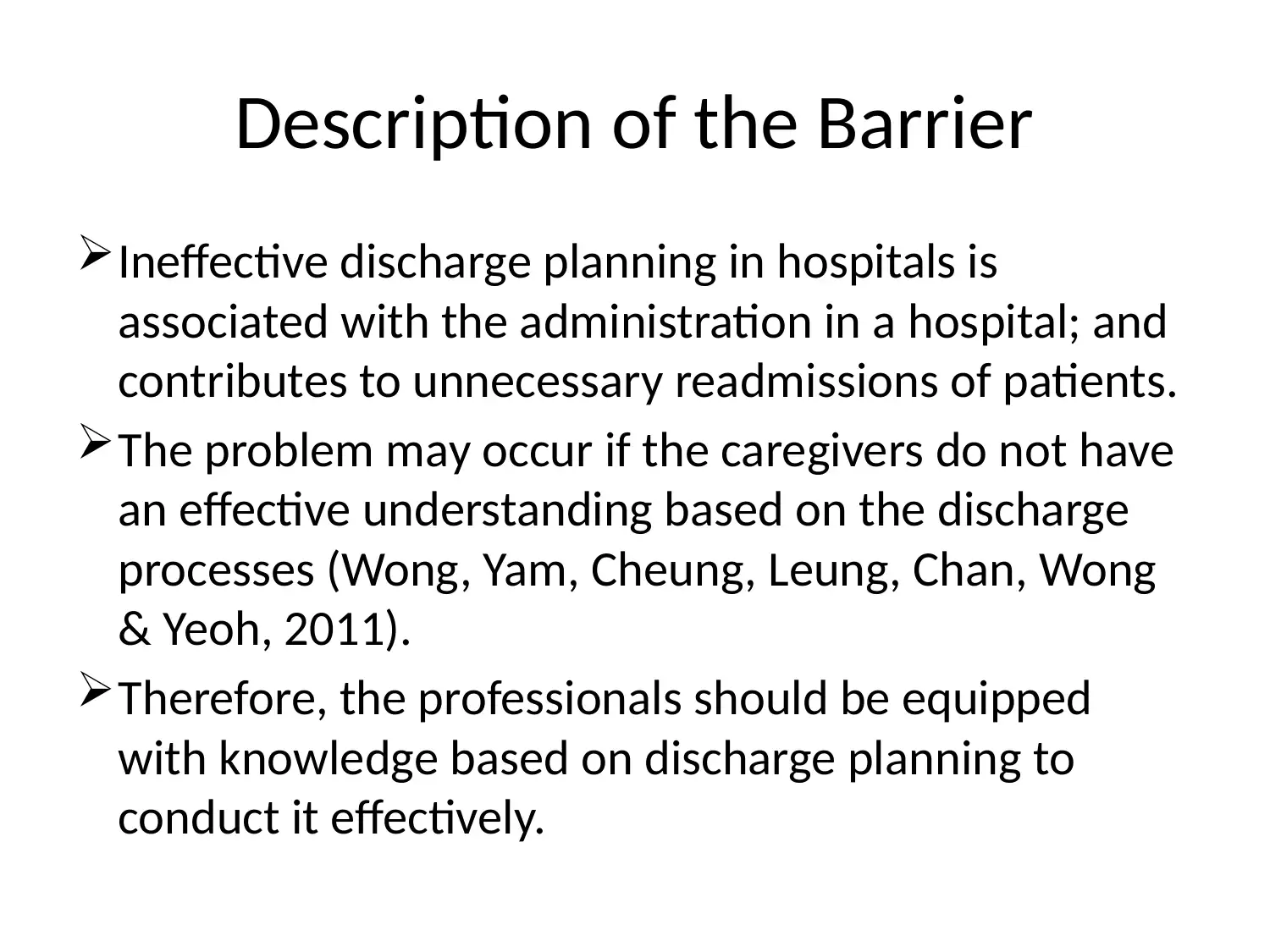

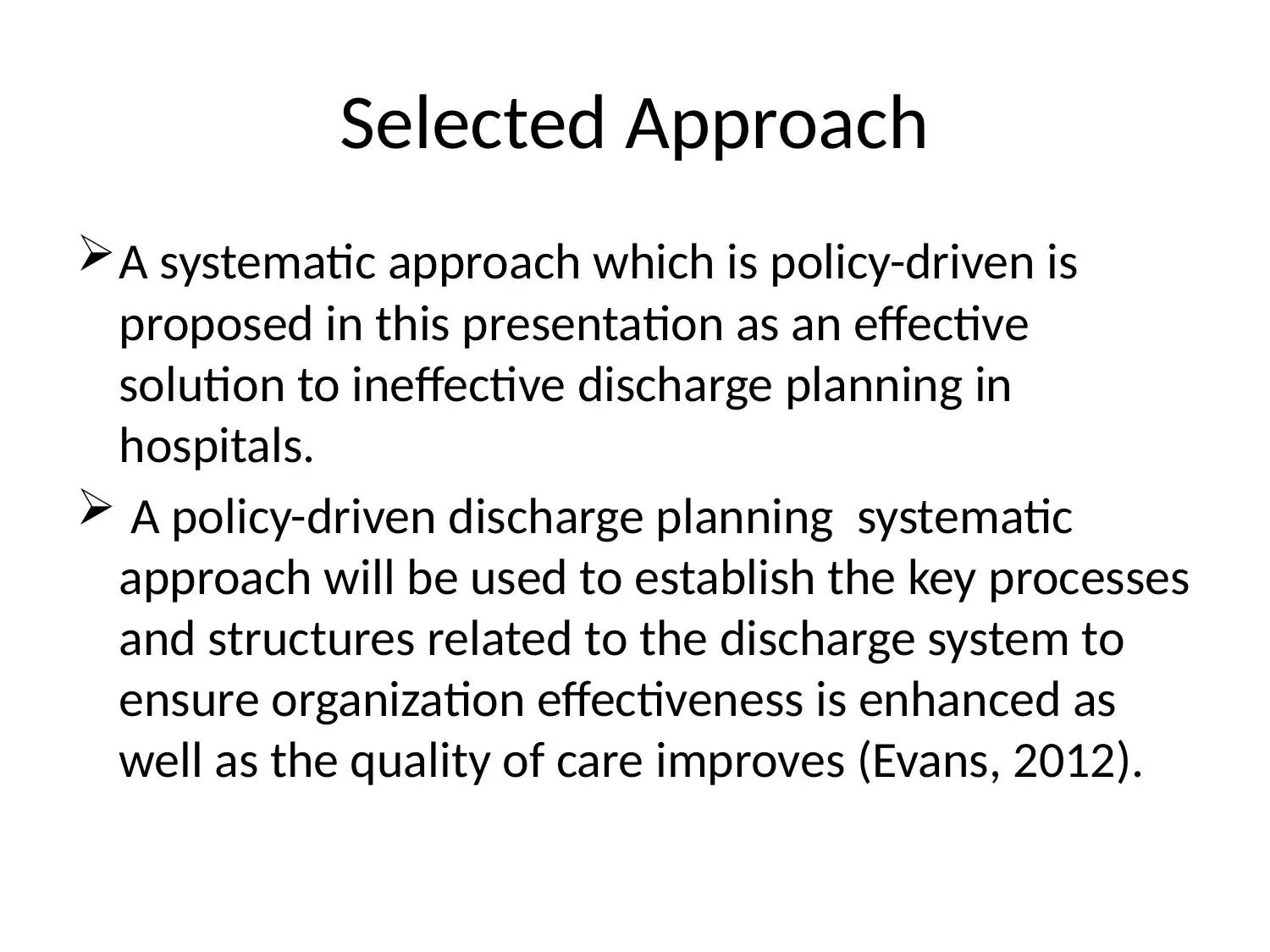
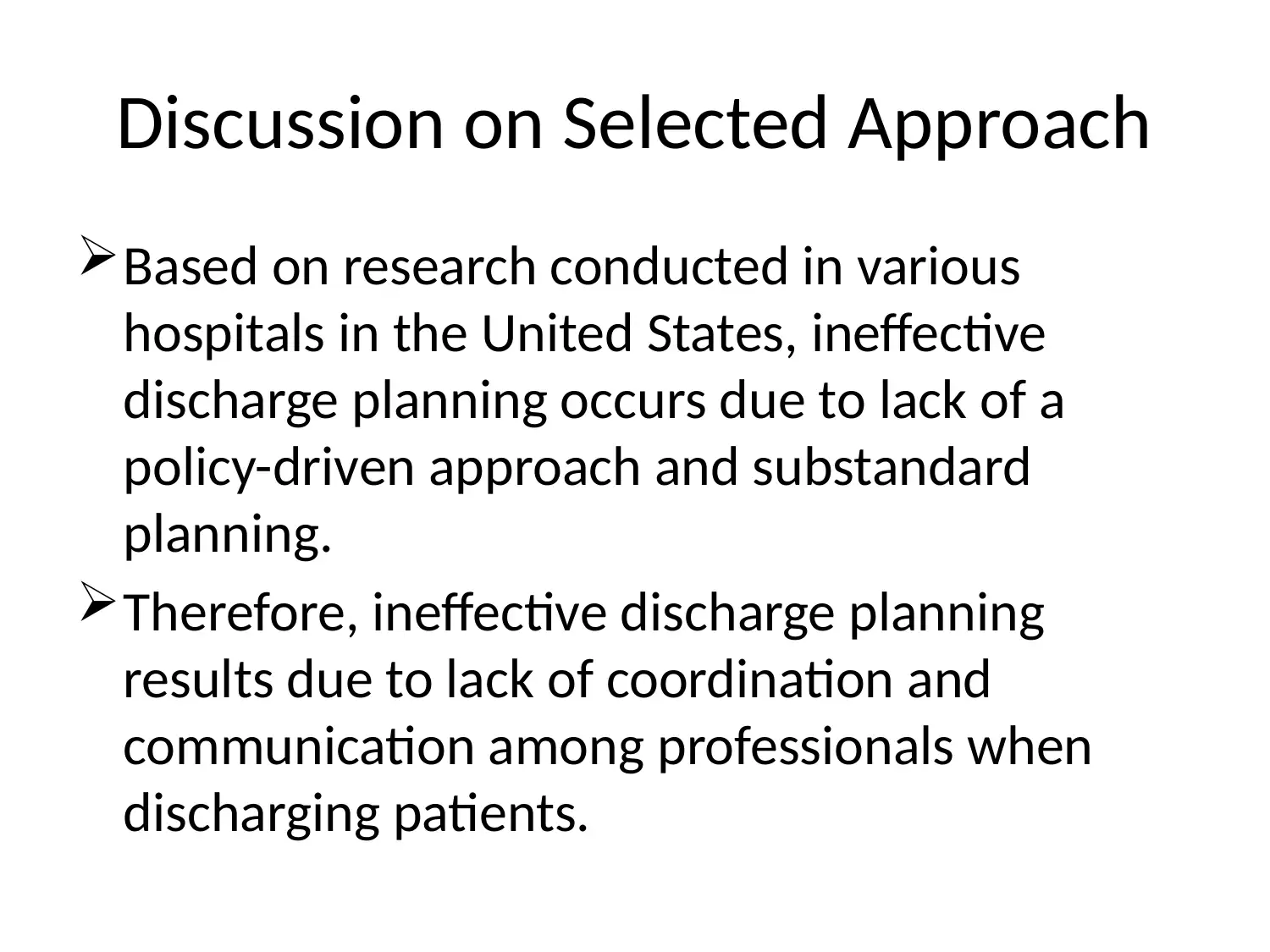
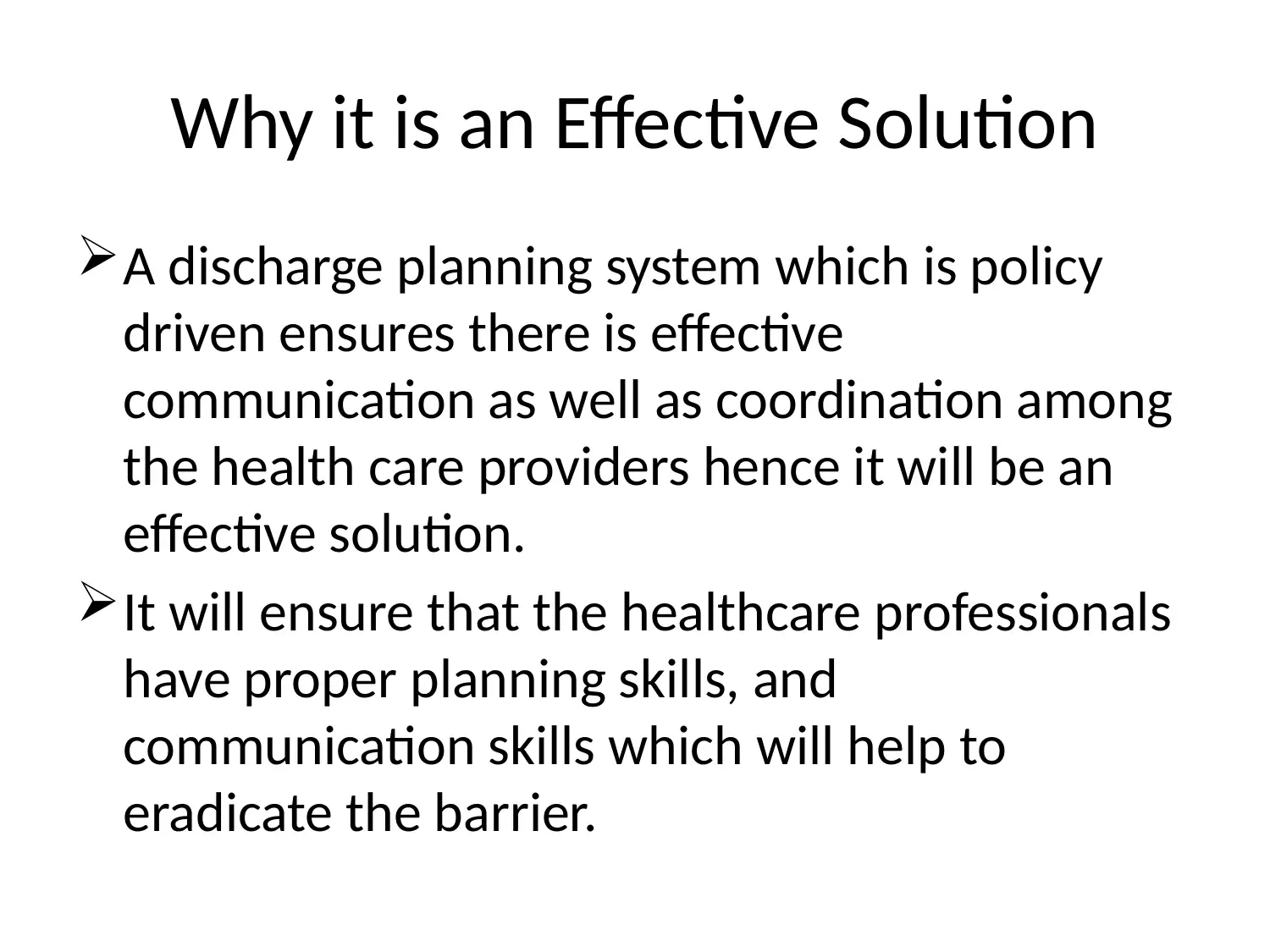
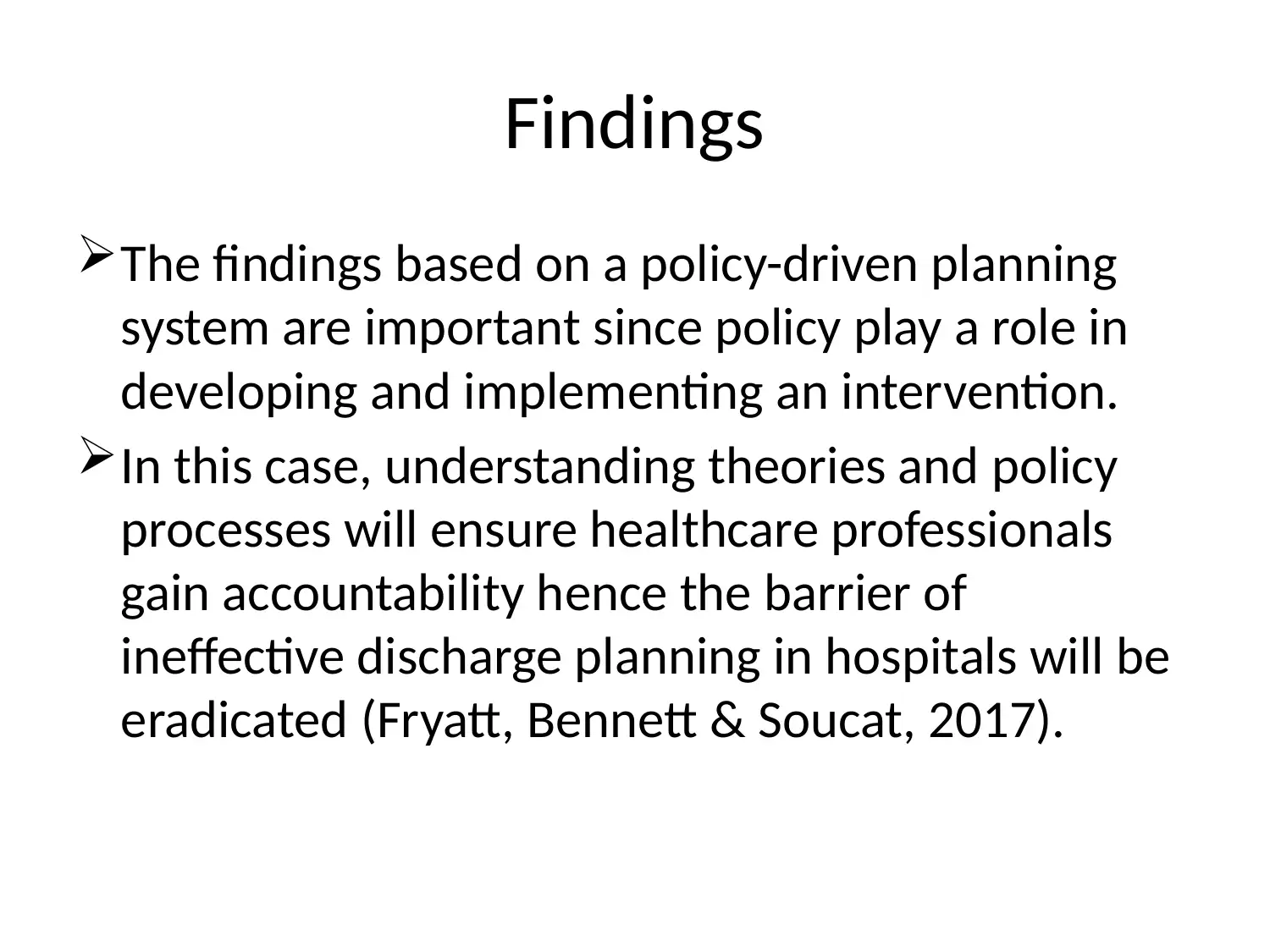
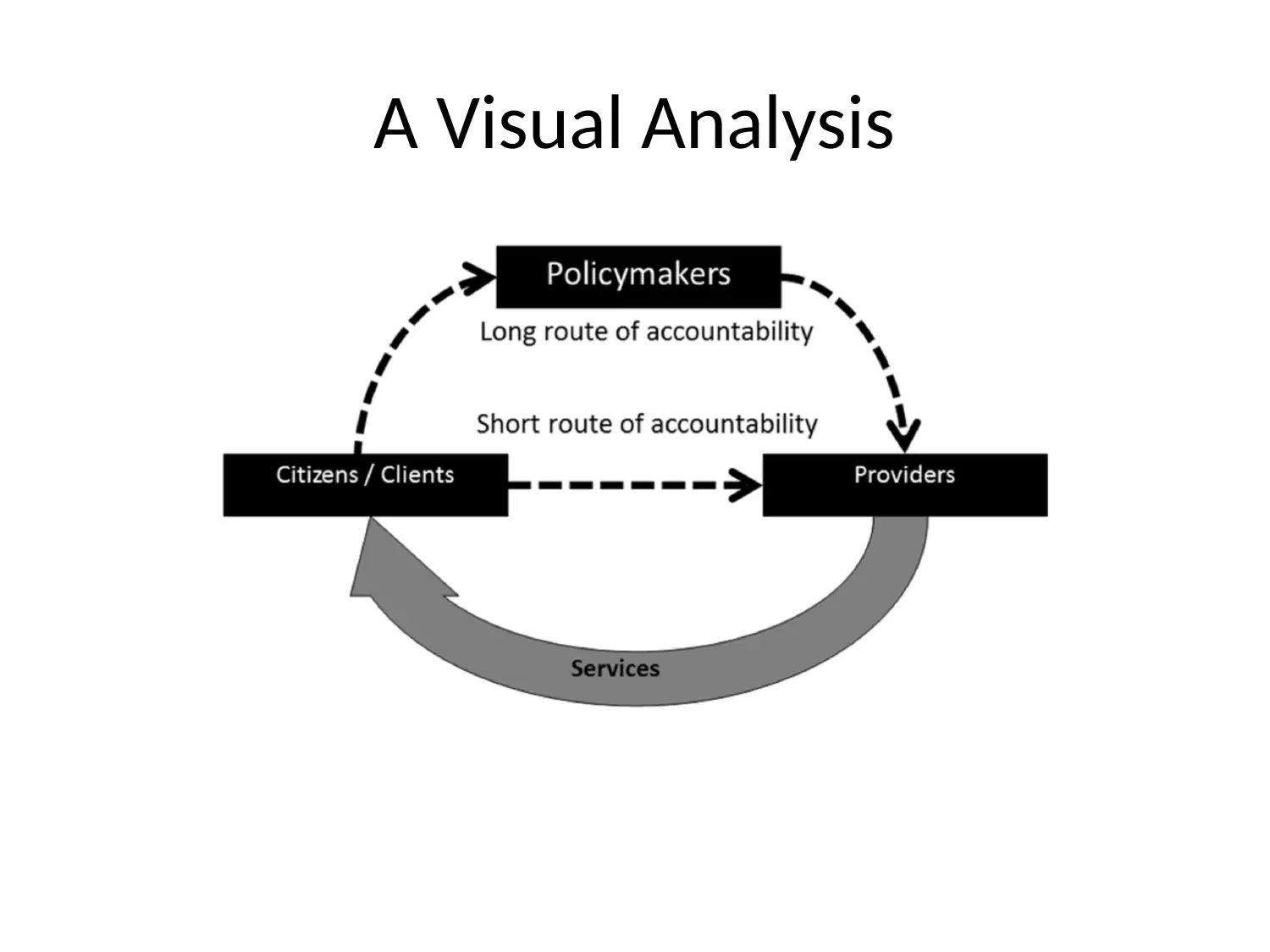
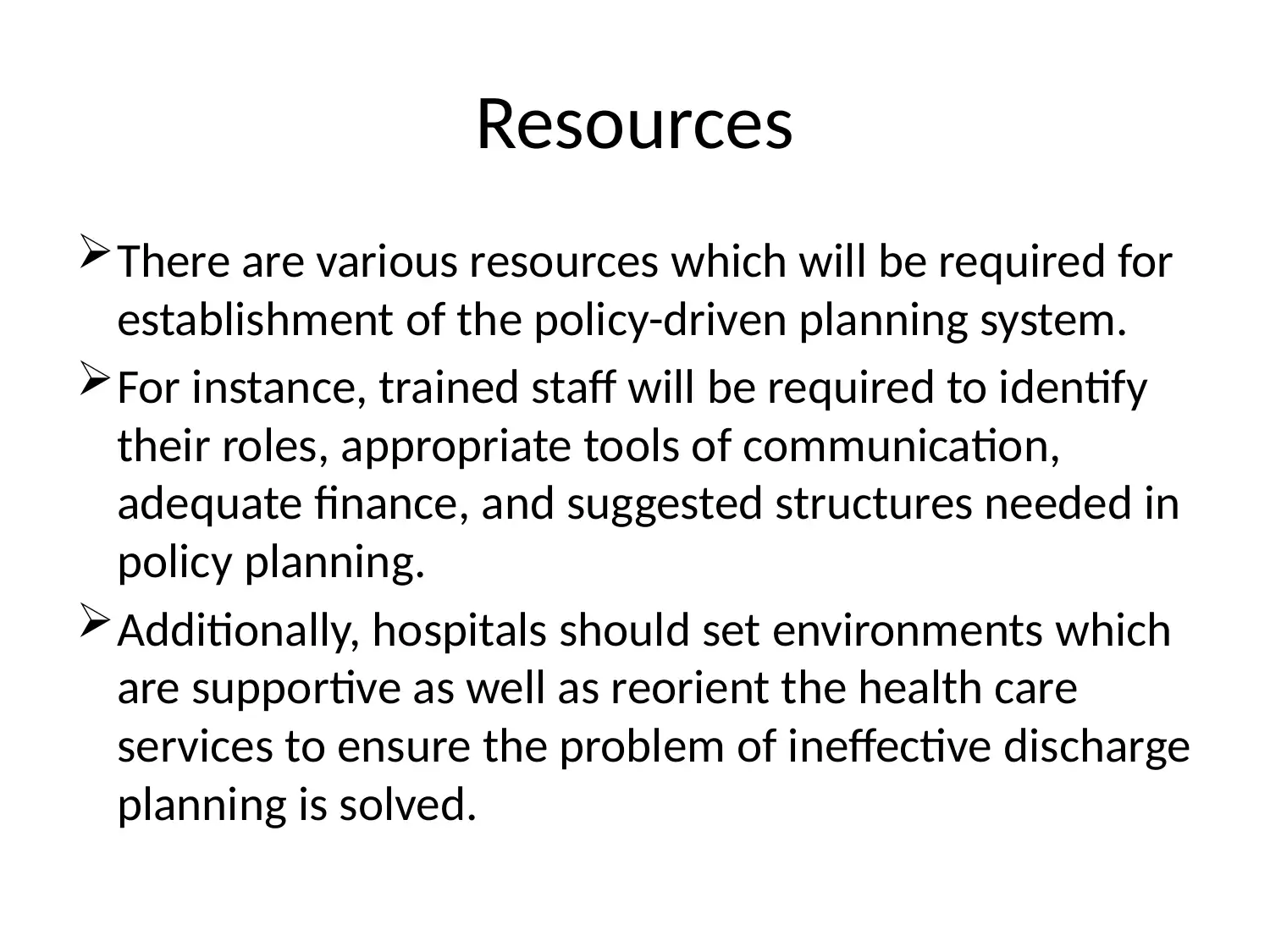
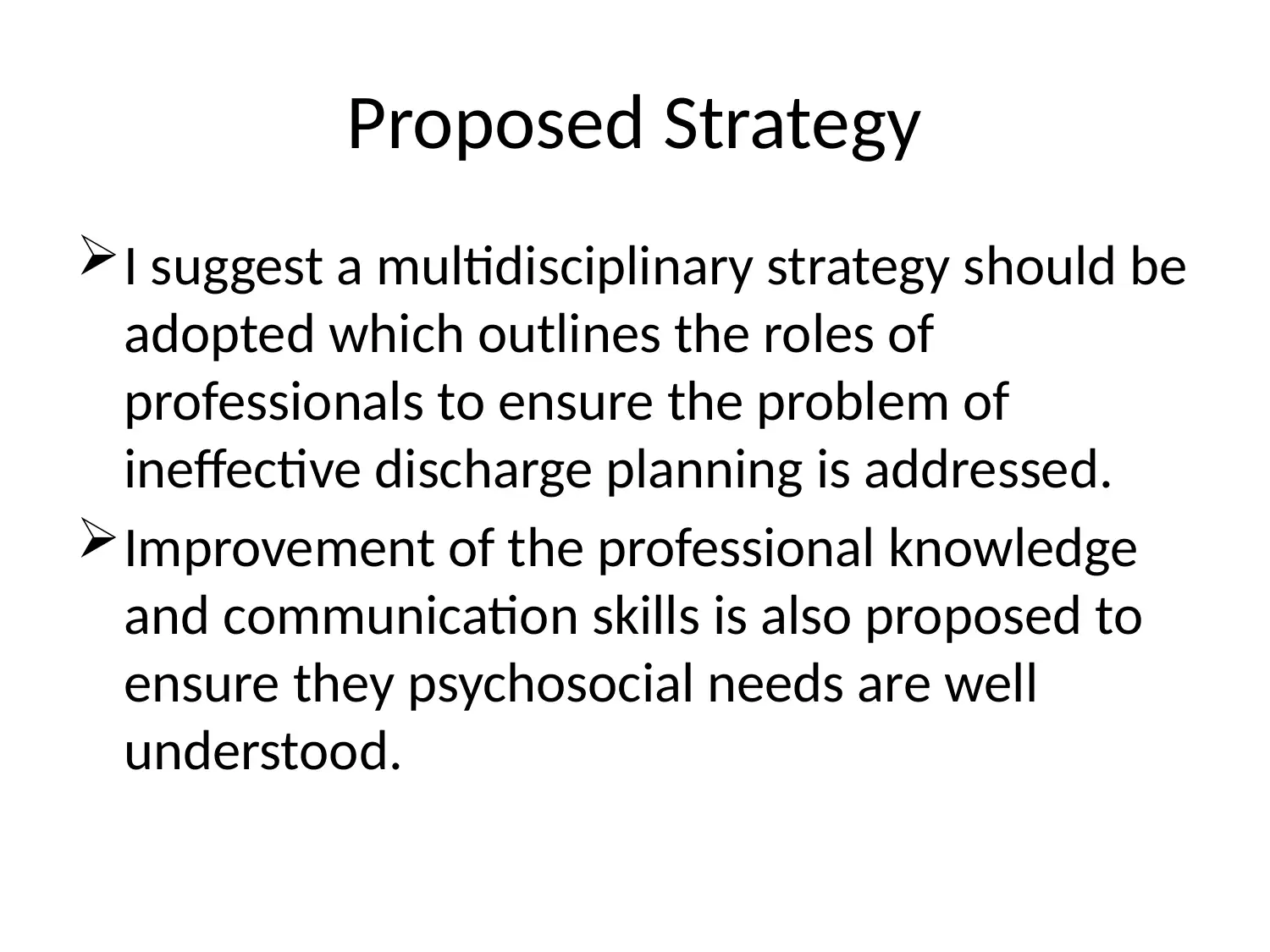
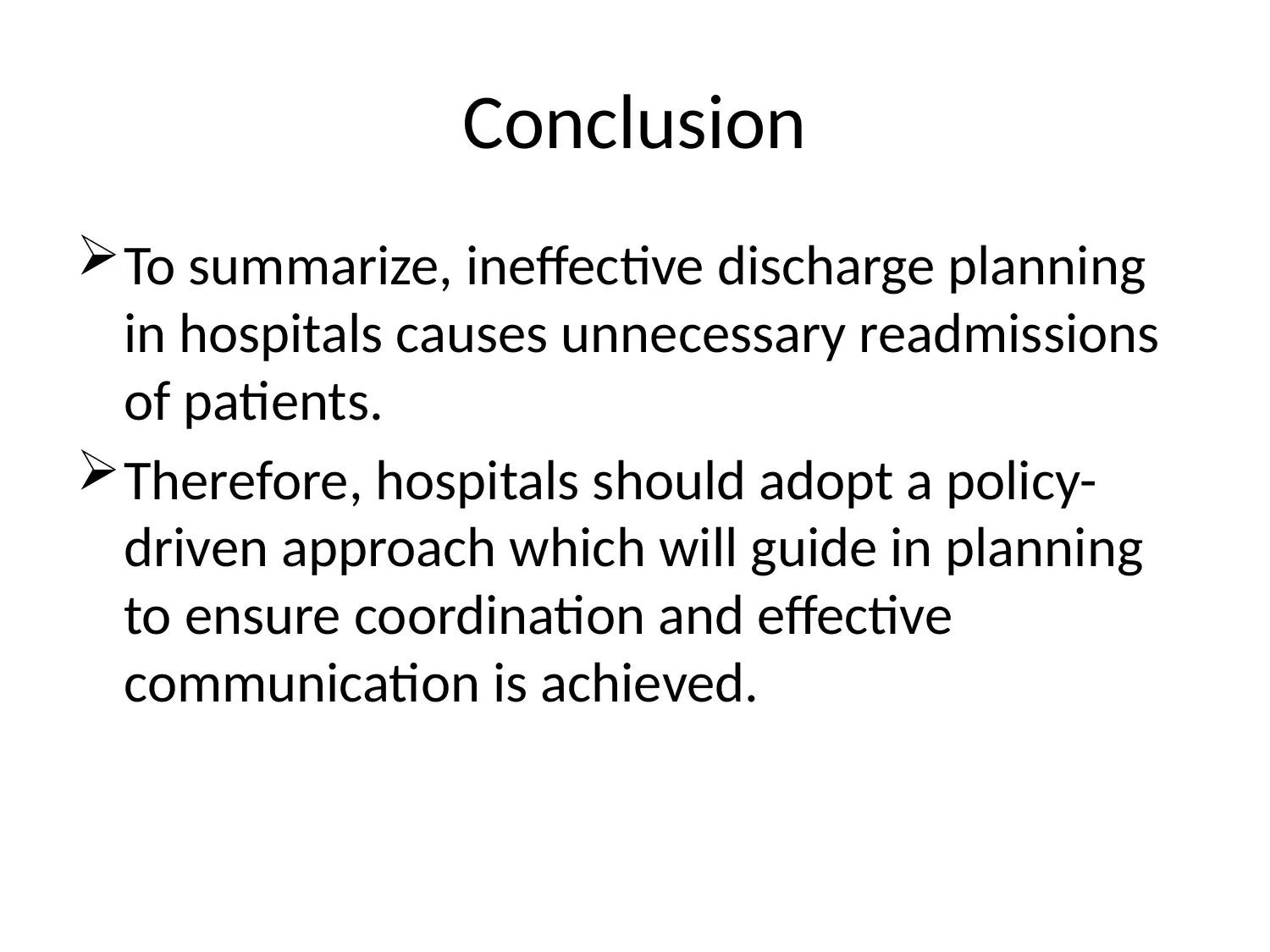
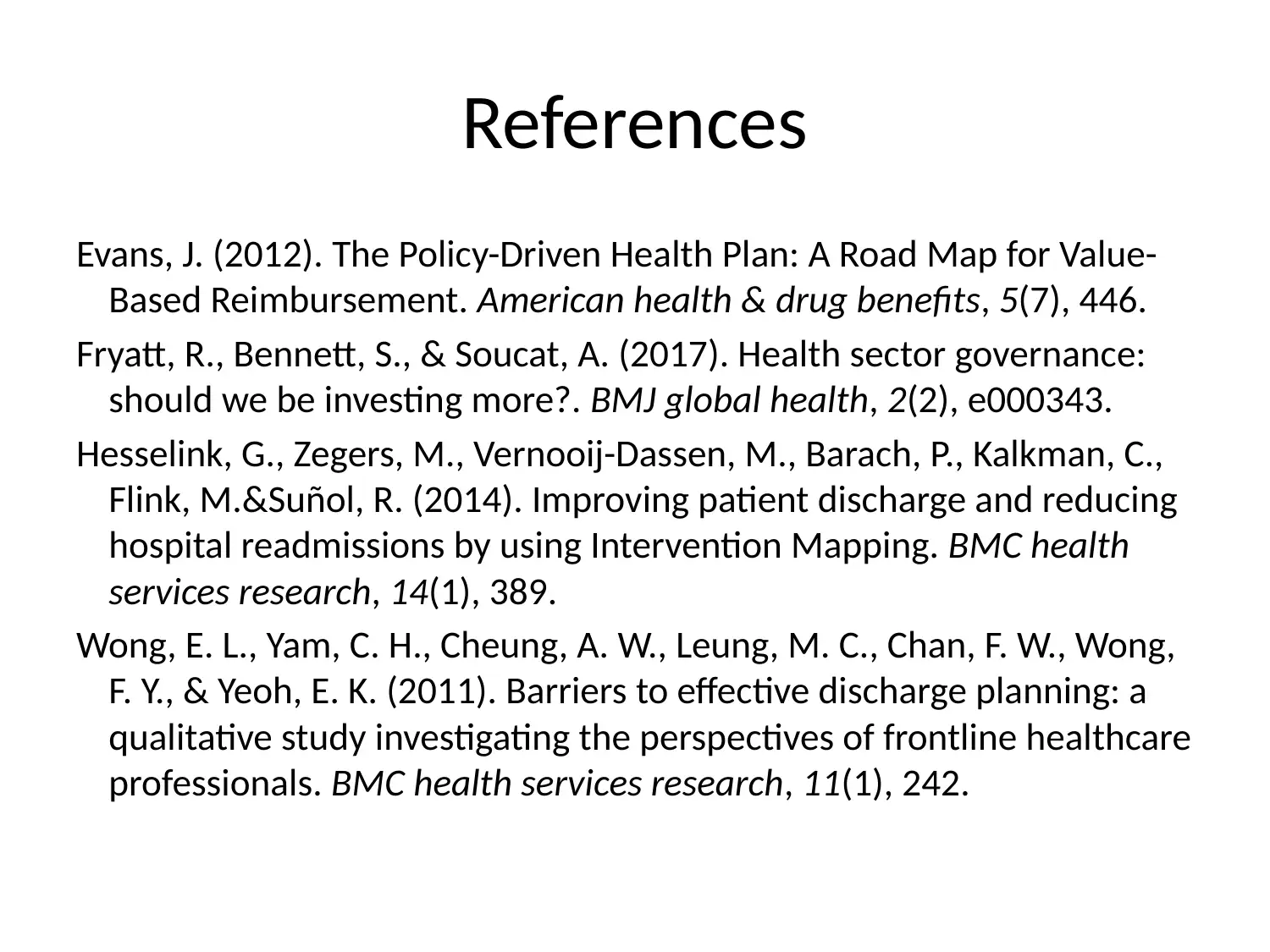






![[object Object]](/_next/static/media/star-bottom.7253800d.svg)